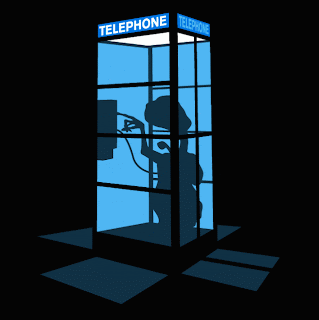In an earlier post, I mentioned that I have narcolepsy with cataplexy, which is a very odd condition, and becomes odder all the time. One of the recent discoveries about it involves the identification of orexin producing cells in the hypothalamus, and their depletion in narcolepsy. Hence there is a diagnostic test which involves a lumbar puncture to take a sample of cerebro-spinal fluid and analyse it for orexin concentration. In narcoleptics, the level is either abnormally low, or undetectable.
I was very worried about having the test. Notwithstanding the unpleasantness of the test itself, it has taken me more than half my life to find a sympathetic neurologist who would agree that my symptoms might be narcolepsy with cataplexy, and the diagnostic validity of this test is taken to be so strong that I was terrified the outcome. What if the orexin count was not low? It would leave me wondering if my symptoms were psychiatric all along, and perhaps my neurologist would think that too.

Anyway, I needn't have worried. I was honest with my neurologist about my apprehension, and he said that whatever the outcome, he felt strongly that something neurological was going on, and that nothing would alter his standard of care to me. You can see why I didn't want to lose him! As it turned out, my orexin levels were, as he put it, "barn door abnormal".
I take modafinil for the narcolepsy, and venlafaxine for cataplexy at the moment, although I used to take prozac for the latter. Over at Ben Goldacre's brilliant
Bad Science blog, there's a discussion going on about the quality of research into the effectiveness of selective seratonin re-uptake inhibitors, SSRIs, like prozac. Most particular to the confusion as to their effectiveness seems to be the selective reporting of positive trials, and mis-reporting of some that had less favourable results. Venlafaxine is a selective seratonin-norepinephrine reuptake inhibitor (SNRI), and I don't know how well its trials and their fair publication compare.
One thing that is always interesting about psychoactive drugs is that there are high variations from individual to individual in their effect, dosage and efficacy. They also seem to act differently for different conditions. For example, fluoxetine (prozac), when prescribed for depression, usually takes a couple of weeks to start taking effect. When I was prescribed it for cataplexy, the effect was within 48 hours. It seems to me that it must be acting through different channels in each case. The human nervous system is an enigmatic and complex machine, and I don't think our current understanding is adequate to explain these differences. It is interesting, for instance that Parkinson's patients can develop secondary narcolepsy, and exhibit the full range of narcolepsy and cataplexy symptoms, although the primary defect is in the dopamine system. Recent research has seemed to indicate that REM sleep behaviour disorder (RBD) is strongly associated with later development of Parkinson's Disease, unless it is associated with narcolepsy, in which such a progression is not expected.
It all makes me wonder whether depression is really a single illness at all, when it has many different triggers (and none) and manifests itself differently from person to person in its extent, prognosis and response to treatment. When the brain and its workings are so difficult to understand, then any medical trial has the problem that even in the patient group, we may not be comparing like with like. Faced with the difficulties in trials of comparing an active drug accurately with placebo, and the added difficulty of comparing placebo to no treatment at all, the possibility that very similar symptoms may arise from different organic mechanisms within the study group makes any inferences very tricky indeed.
I'm not arguing against trials - on the contrary, I think we need to know far more. But we also need to better understand the nature and origin of the illnesses before we can make hard pronouncements. We need well organised, well reported trials, but we also need to be willing to challenge all underlying assumptions openly and honestly, and not censor or prejudice any possible debate.






















